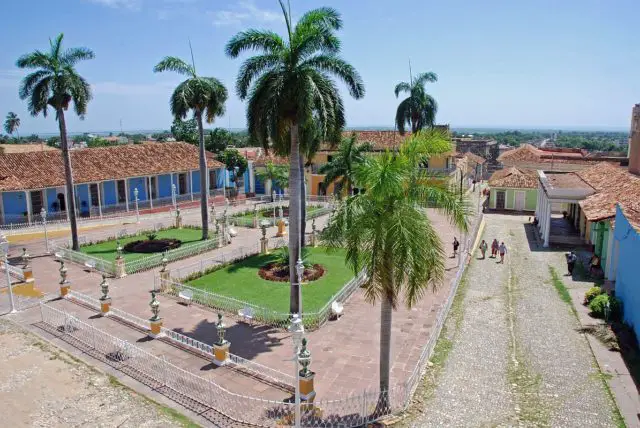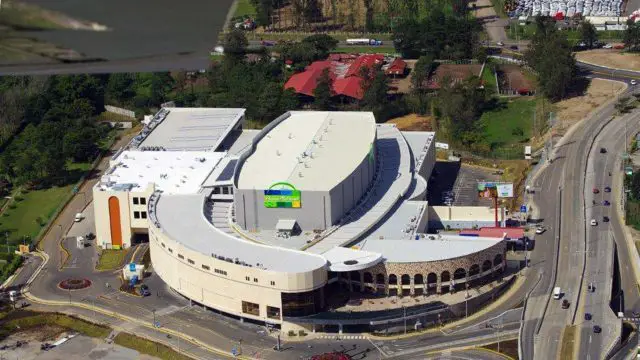Right after the end of the Second World War, there was a meaningful change in the way the United States of America (USA) -as well as some other Western countries, including parts of Europe and Latin America- started organizing their urban areas. This social phenomenon has implied a progressive transition from the traditional public squares to what we call malls today.
Of course, depending on every specific country, there are some variations related to how people, especially the young ones, perceive this transition. In a certain sense, these distinct groups reflect their system of values and customs through the symbolic values and rituals associated with it. Or said in other words, all those aspects dealing with the interactions based on their everyday commercial exchanges, feeding habits, and recreation.
From a historical point of view, an important number of colonial cities all over America grew up around a public square, also known as Plaza Mayor in most Spanish culture countries, included Costa Rica. This public square-shaped area was always the main center of the constituted civilian power of those cities. There, the city hall, local church, wholesale stores, and clothing shops, were usually built around it. This particular fact made local inhabitants developed most of their social life in spaces close enough to the Plaza Mayor adjacent areas.

In those days, the affluence of people with their respective families -as well as local authorities, artists, businessmen, and other merchants- to this urban space became a truly social event. And as in any social event, the ritualistic processes of courtship and socialization were essential at that public space; families having lunch or dinner together at the local restaurants, children playing in the square, teenagers starting their social relationships, adults dating their respective couples or talking about their working affairs, businessmen talking about their businesses, etc.
At that time, the public square played 2 essential roles. During the day, it was the main political, religious, and commercial scenario; during the night, it became the actual entertainment and recreation center for all ages.
But, nowadays that portrayed situation has changed substantially. The surge of malls (also known as large shopping centers) around many large cities replaced the public square as the main urban life center for modern people. The great scale economy -which had its origin in the Industrial Revolution during the 2nd half of the 18th Century– led the most important producers to find new consumers, capable to absorb the massive production of goods and services generated by an ever-updating technology that can broaden the levels of such production from a few millions to hundreds of millions.

Actually, at any mall, the “production-distribution-consumption” marketing circuit is not only economical but also communicational. That is, the merchandise has an active symbolic value originated from, in the first place, its condition as a handcrafted object made by men and, in the second place, in the semma (unit of meaning) that advertising provides it. Most times, that makes people feel an inducted desire to consume, either by buying or paying, specific goods or services, based on an artificial sense of need for them.
On the other hand, it is worthy to mention that the first mall or shopping center was inaugurated in Seattle, Washington State (USA), in 1947. And by 1990, there were more than 35,000 malls all over the USA, with a total extension able to accommodate all of that country’s population. In October 2004, the “Golden Resources Mall” opened its doors and gates to the general population in China, with an extension of more than 55.7 hectares, becoming the largest mall in the world that year.
To conclude, and based on the previous information, any mall represents an epiphany of what some sociologists have agreed to call “Ritualization of the Double Visualization”; in other words, the mall itself constitutes an ideal scenario of the social rite of “seeing and being seen”. This means that the mall took the role that the traditional public square used to have in the past. According to the approach given to the current issue, the mall has become the urban life center for excellence.

